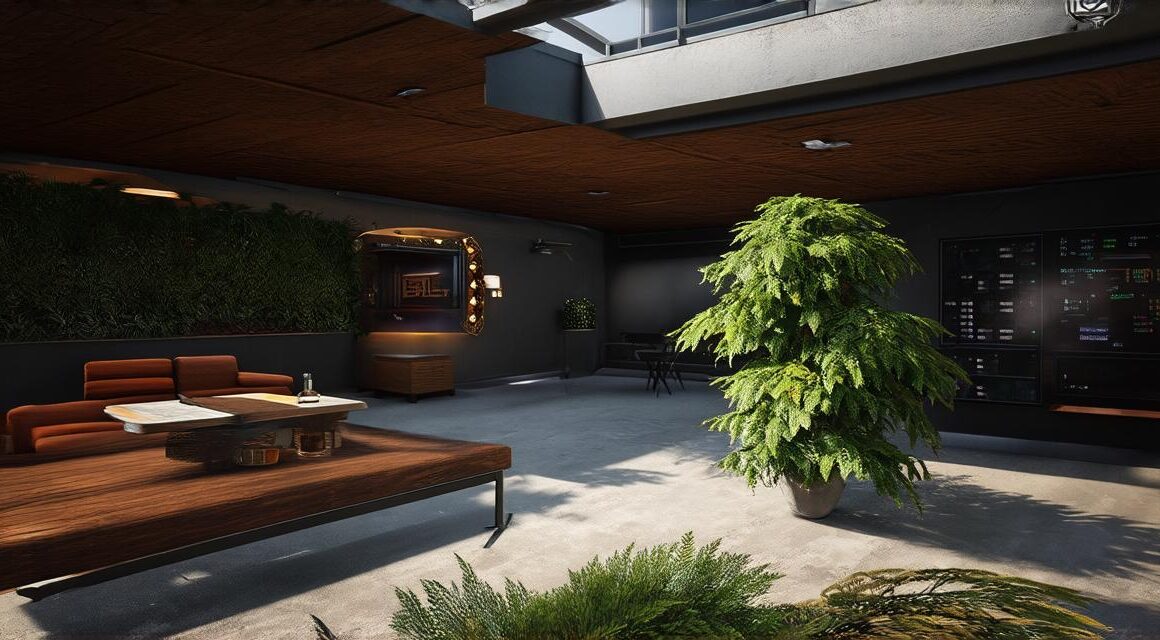Introduction:
Welcome to the exciting world of 3D game development! In this comprehensive guide, we will explore the ins and outs of creating engaging games using the powerful and versatile Unity engine. We’ll cover everything from setting up your development environment to creating immersive gameplay experiences and optimizing your game for maximum performance. By the end of this article, you’ll have a solid understanding of the tools and techniques needed to bring your game ideas to life.
Getting Started with Unity:
The first step in any 3D game development project is setting up your development environment. Luckily, Unity makes this process incredibly easy. To get started with Unity, you’ll need to download the latest version of the engine from the official website. Once you have the software installed, you can create a new project and choose a template that suits your needs. There are plenty of templates to choose from, including 2D, 3D, AR/VR, and more.
Creating 3D Models:
One of the most important aspects of 3D game development is creating believable and engaging characters and environments. There are several tools you can use to create 3D models, including Blender, Maya, and 3DS Max. These professional-grade software programs offer a lot of power and flexibility, but they can be overwhelming for beginners.
Fortunately, there are also plenty of free and low-cost alternatives available. Blender is a popular open-source 3D modeling program that’s completely free to use. It offers a wide range of features and tools, including sculpting, rigging, and animation. Maya and 3DS Max are both commercial software programs, but they offer free trials so you can try them out before committing to a purchase.
Building Gameplay Mechanics:
Now that you have your 3D models imported into Unity, it’s time to start building gameplay mechanics. Unity has a built-in physics engine that allows you to create realistic interactions between objects in your game world. You can also use plugins like Havok and PhysX to add more advanced physics simulations.
Another important aspect of game development is creating AI (artificial intelligence) for your characters and enemies. There are several AI tools available in Unity, including the NavMesh system and the Behavior Tree asset. These tools allow you to create complex decision-making systems for your AI characters, making them more realistic and engaging.
Optimizing Your Game:
As your game grows larger and more complex, performance can become an issue. Fortunately, Unity has a number of tools and techniques to help you optimize your game for maximum performance. One important technique is reducing the number of draw calls, which are requests made by your game to the GPU to render objects on screen. You can do this by using LOD (level of detail) systems, which reduce the complexity of objects that are far away from the camera.
Another way to improve performance is by minimizing the number of assets in your scene.



